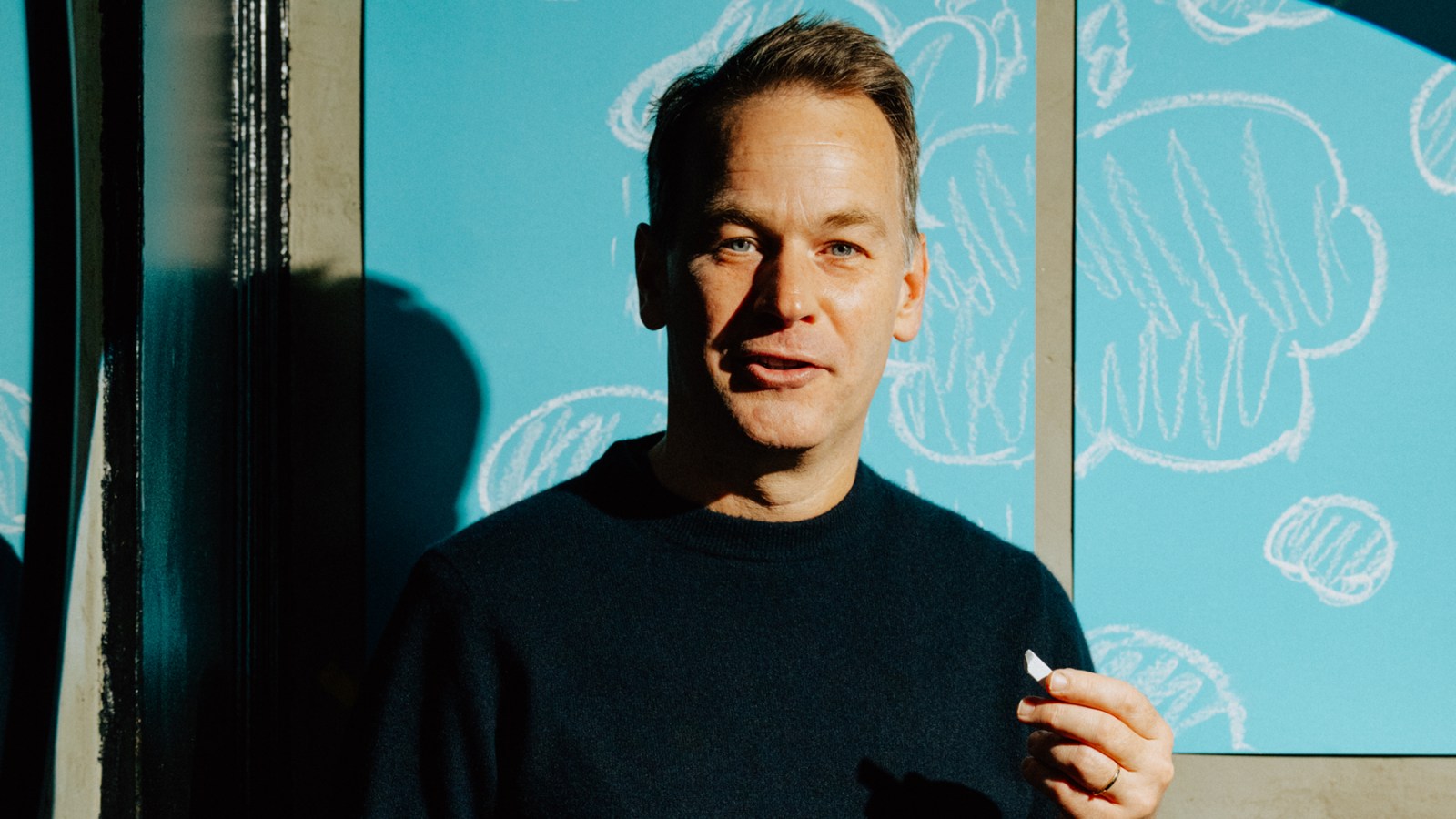In his twenties, comedian Mike Birbiglia learned guitar for its theatrical simplicity. He envisioned a show without the usual tech, sound checks, or cast – just him telling a story. His latest one-man show, The Good Life, seems to echo that sentiment, stripping away excess to focus on narrative. Premiering on Netflix May 26, this special dives into relatable themes of family, aging, and life’s uncomfortable questions. But is it just another comedy hour? This article delves into the making of the show, exploring its themes, the team behind it, and what makes it a standout piece in Birbiglia’s impressive body of work. Join us as we go behind the scenes of The Good Life.
A Night at the Beacon Theatre
The Beacon Theatre in Manhattan is a far cry from a bar, seating almost 3,000 in its lavish space. Yet, Birbiglia is right: The Good Life is a story. Backstage before the show, Birbiglia eats salad while his producer, Mabel Lewis, manages texts from Jack Antonoff. His wife, Jen Stein, provides calming support. The atmosphere is calm despite the impending performance.
Birbiglia, known for bragging about others, lists his collaborators: Gary Simons, Mabel Lewis, Beowulf Boritt, Irina Portnyagina, Geoffrey Richman, Seth Barrish, Joe Birbiglia, Ben Marshall, and the cake baker for the afterparty. Noticeably absent from his praise: himself.
Exploring The Good Life’s Themes
The Good Life gets its title from a question his daughter, Oona, asked about a weed store. Birbiglia describes the show as a reflection on family, including his daughter and father. It explores universal themes: growing up, marriage, parenthood, aging, and facing uncomfortable questions. The special navigates relatable experiences with depth.
However, to call it just that would be an oversimplification. It’s an affectingly told story, showcasing Birbiglia’s talent and the team he’s built to bring it to life, implicitly answering the question posed by the title.
From Sleepwalking to The Good Life: Birbiglia’s Evolution
Where Sleepwalk With Me was wild and action-packed, centering around a rare sleep disorder that led him to jump through a second-story hotel window in the middle of the night —The Good Life, like Birbiglia himself, is deceptively understated. Both Barrish and Birbiglia agree that The Good Life is the comic’s most personal work yet, “which is odd,” Barrish tells me, “because talking about jumping out of a window is, you would think, as personal as you’re going to get.” Together with his 2017 special The New One, and his 2022 hour Mike Birbiglia: The Old Man & The Pool, you could see The Good Life as a third panel in a triptych that traces not just the plot of his middle age, but the arc of his massive skill as a storyteller.
Birbiglia references David Sedaris: storytellers improve over time, even if early stories seem more exciting. Birbiglia’s evolution is evident in his increasingly personal and nuanced performances.
The Dad Next Door: Birbiglia’s Relatability
Birbiglia comes across as an approachable, middle-aged Brooklyn dad navigating an uncomfortable world. Despite his career in nightclubs, he presents an ordinary persona, a quality that enhances his relatability. His humor stems from everyday life, making him a reliable figure for his audience.
His podcast showcases this work ethic, featuring conversations with other comedians. Whether talking with Stephen Colbert or lesser-known talents, Birbiglia emphasizes the rigor behind creating good material.
Collaboration and Support
The after-show reception feels like a birthday party among friends, including comedians like Keegan-Michael Key and Bob Odenkirk. Birbiglia remains engaged, discussing details and logistics, a testament to his dedication.
Many early-career comedians emphasize Birbiglia’s support. Gary Simons describes how Birbiglia offered coffee and work after Simons won a stand-up competition. Mabel Lewis, who has worked with Birbiglia since age 17, highlights his collaborative spirit.
Crafting the Special: The Editing Process
Weeks after opening night, Birbiglia, Barrish, and Richman meticulously edit the show. They refine jokes based on audience reactions, ensuring the special maintains its narrative focus. The team carefully adjusts the rhythm, emphasizing storytelling over shock value.
Birbiglia values storytelling, frustrated by conversational interruptions. He finds joy in the editing process, constantly improving and refining his material, showing his dedication to his craft.
Final Thoughts: The Essence of The Good Life
The Good Life captures the essence of Mike Birbiglia’s comedy: relatable, personal, and meticulously crafted. From his early days learning guitar to his latest Netflix special, Birbiglia has honed his storytelling abilities. The special benefits from collaboration, hard work, and the pursuit of authentic humor. Birbiglia’s attention to detail and commitment to his craft shine through every aspect of The Good Life.
As Birbiglia jots down new joke ideas, he embodies the spirit of constant improvement. The Good Life offers more than just laughs; it presents a reflection on life’s journey, inviting viewers to find joy in the ordinary. It’s a testament to Birbiglia’s evolution as a storyteller, cementing his place as one of comedy’s most relatable voices.

Leave a Reply